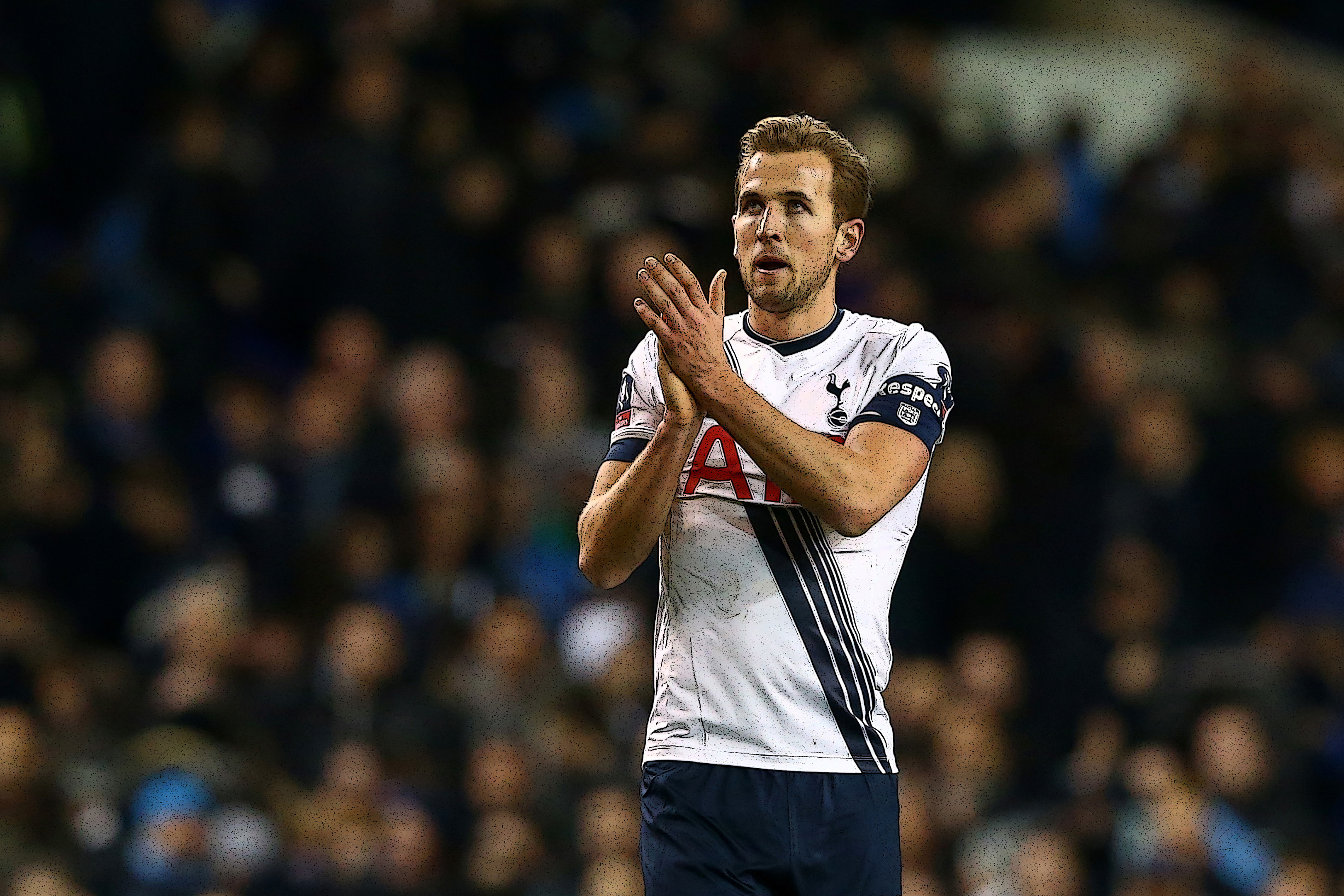
TOTTENHAM have not won the league in 56 years and have failed to get their hands on any silverware since 2008.
But the north London club are one of six Premier League teams who are each worth more than the combined value of all 16 Chinese Super League teams, according to new research into the market value of all players in China’s premier division.
With rumours of a £1 million per week deal on offer to Wayne Rooney, Chinese clubs are known for throwing their money at global stars, but the research from Bonus Code Bets found that the Chinese league’s value of £317m is lower than each top-six side from the 2016/17 Premier League season.
The least valuable of these clubs (Liverpool) currently has a squad worth £21 million more than every player in China’s top tier combined.
In fact, combining the transfer values of players from this season’s bottom four clubs (Sunderland, Middlesbrough, Hull and Watford) totals £350 million, which eclipses the value of all Super League players.
Compared to leagues as a whole, players in China are worth just 8% of the Premier League, 10% of Spain’s La Liga and 14% of the German Bundesliga.
Against other leagues across the globe, China does not fare much better. Both the Portuguese and Turkish top divisions are over double the value of the Chinese equivalent and even accounting for number of teams in the league, the average total value per side is still £20 million less in China.
However, the league is catching-up fast. Its worth has doubled since 2012 and, despite being founded 11 years earlier than the Chinese Super League, the USA’s Major League Soccer is home to players worth £319 million – almost identical to the value of the much younger Chinese competition.
To improve the prestige and appeal of the division, Super League clubs often import players from abroad and the stats reveal a preference for South American talent including Hulk, Ezequiel Lavezzi and Carlos Tevez. Since the league’s inception in 2004, over a third of all non-Chinese players bought were from South America (36%), particularly from Brazil (27%).
The influence of European imports has been on the decline – over the last five years, the number of Europeans as a proportion of all foreign squad members has dropped from 28% to just 18%. Brazilians alone make up 50% more of all of this season’s players than the total of those from European nations.
If Rooney does go East this Summer, he will be treading an unfamiliar path as there has been just one English player in the 13-year history of the Super League, Akpo Sodje who signed for Tiajin Teda in 2012.
Alexander Kostin of Bonus Code Bets said: “We hear so much about money being pumped into Chinese football and yet the figures show just how far behind the leading competitions the league still is.
“It’s interesting to see that the league attracts far more South Americans than Europeans and the lack of English player interest suggests that Rooney is unlikely to be heading to China any time soon.”

Enjoy the convenience of having The Sunday Post delivered as a digital ePaper straight to your smartphone, tablet or computer.
Subscribe for only £5.49 a month and enjoy all the benefits of the printed paper as a digital replica.
Subscribe